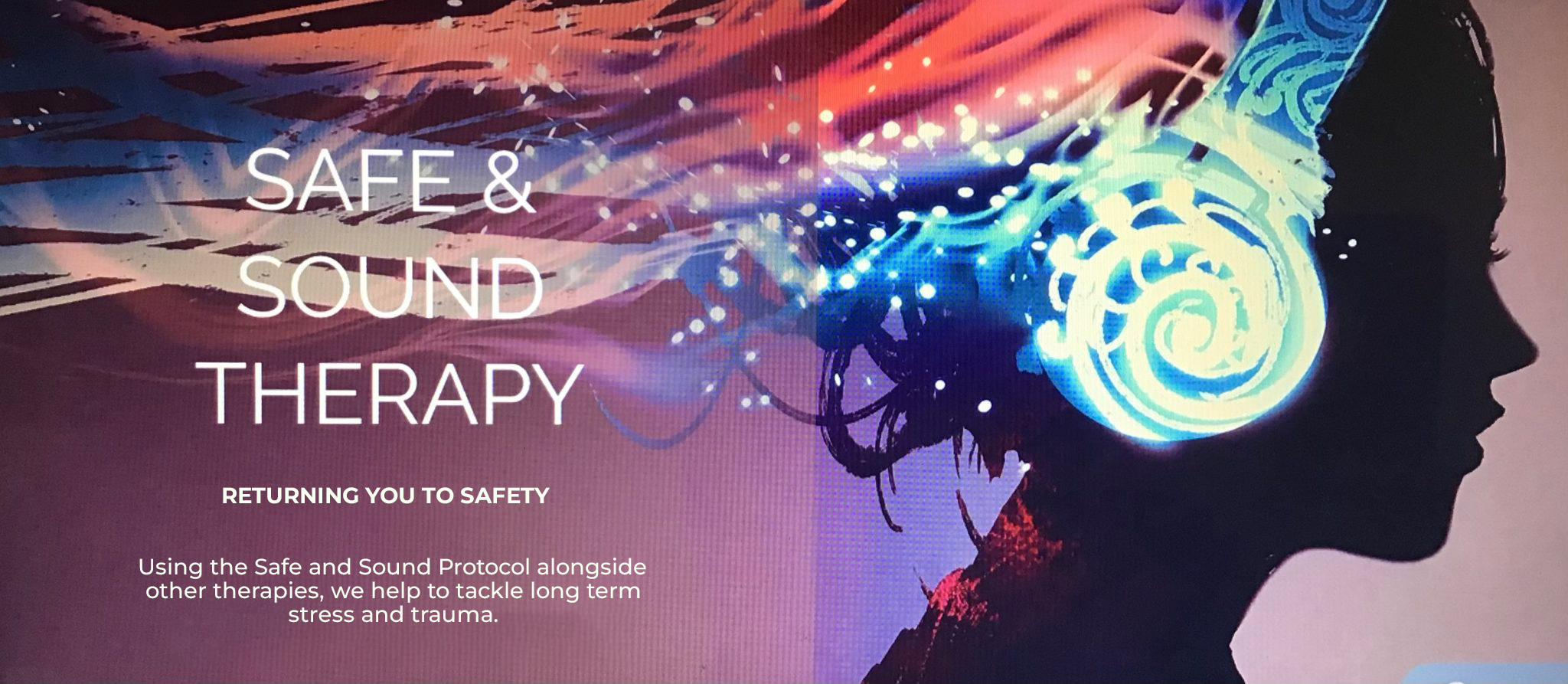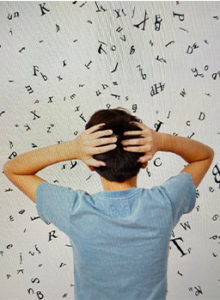
Imagine watching your favorite movie without the music. It just wouldn’t be the same.
Music has been ‘scientifically’ proven to have a powerful impact on the brain and emotions. Music-based auditory training, or sound therapy, to develop not only auditory processing but also to support all aspects of learning.
The brain is wired for sound, Music can literally change neurochemistry, boost mood and immune function, and reduce stress without the side effects of drugs. Music and sound can have a powerful impact on learning, communication, behavior, relationships, sleep, and sense of well-being.
Auditory training, or sound therapy, is a powerful tool that facilitates the development of auditory processing and supports virtually every other type of training we do with our students. The music opens up the door in the brain that we simply cannot do otherwise. In essence, it’s a way of getting to the root of the sensations, and creating new pathways, naturally.
We can only reproduce the sounds that the brain can ‘hear’ or process. If we have disoriented auditory processing, the brain will not get a clear message. If we don’t understand the messages coming in, it’s hard to express an accurate response to those messages.
Language and music are made up of sound frequencies, so music gives us a way to train the brain to process language sounds. The mid-range frequencies touch certain areas of the brain, which are associated with expressive language and speech, respectively. High frequencies are energizing to the cortex of the brain, stimulating alertness, focus and motivation. They can add detail and definition to sound, making it easier to discriminate sounds in words and intonation.
Dr. Alfred Tomatis, French physician and pioneer in the field of auditory processing and sound therapy, discovered the ear has the ability to tune in or out, almost like a zoom lens. He discovered neurological connections and sound therapy/auditory training.
TLP and inTime (See in Time under MOVE), are auditory training programs (sound therapy), developed by Advanced Brain Technologies (ABT). Advanced brain Technologies and its founder Alex Doman are dedicated to improving brain performance and learning through the application of neurotechnology,
The Listening Program [TLP] uses psycho-acoustically modified classical music to target certain frequency ranges that can impact sensory processing. All that to say, the safe and sound music therapy is designed to target the areas of the brain that process sensory stimulation to help a person feel more regulated more often.
TLP improves how the brain detects, modulates, interprets, and responds to sensory stimuli. The auditory system is a very effective pathway for the brain to receive stimulation that helps regulate sensory processing in the brain, essentially creating change from the inside out, rather than the other way around. This is a great approach for Auditory Processing Disorders. (i.e. Dyslexia).

Addressing the sensory preferences, both severe and mild, for people of any age is important for maintaining a healthy emotional balance throughout the day. If little noises, sights, or textures ever cause even a minor irritation, TLP Advanced Brain is a great way to help minimize that irritation to help you function better in life. It addresses the sensitivity naturally. The process can happen with a non-invasive, at-home practice.
People cannot produce sounds they’ve never heard. For speech and language to be developed, the auditory system plays a key role. If there is a pattern dilemma, or just be different.
Within the human body, many systems overlap. For example, our sense of taste is closely tied to and affected by our sense of smell. Similarly, the visual sense is closely tied to the auditory sense, which may be surprising. Vision encompasses much more than most people realize. Knowing this opens doors to improving various aspects of the visual system in many natural ways. One of those ways is through The Listening Program, which the vision therapists actively use as a powerful tool to help clients of all ages improve the vision sense via the auditory system.
In daily life, we see the results of these two areas working in synchronization any time we turn our heads and look at the location of a sound while making sense of the sound. Several places in the brain connect visual information with auditory information. Imagine sitting in a room and hearing a startling sound. Likely, your eyes would be the first to dart in that direction to localize the sound, determine what it is, and if danger is involved.
DYSLEXIA is simply a pattern of brain organization and information processing that creates strengths as well as challenges. It’s a difference, not a disability.
People with dyslexia use creative skills more heavily than non-dyslexics. They see forests, not trees. They see patterns, not lines; context, not text. This is a huge advantage in high-level, complex jobs, but not considered a strength in most educational settings.
• Distress occurs in the early grades, when rote learning is emphasized.
LIVING with an auditory processing delay or a weakness with listening skills can be fatiguing and frustrating. The ear has neurological connections to nearly every organ and function in the body as well as the attention, emotional, language, and learning centers in the brain. As a result, poor listening skills can cause a person to experience difficulties with speaking, reading, spelling, comprehension, attention, communication, energy, and sense of well-being.
• Miss details or parts of what was said
• Mishears and therefore misunderstands or misinterprets information
• Confuses similar sounding words
• Having trouble sounding out or pronouncing words
• Feels lost and confused
• Feels anxious
• Looks like they are not paying attention
• Has poor attention when listening
• Gives responses that don’t match the question or conversation
• Withdraws or talks incessantly so that they don’t have to listen
• Being overloaded and distracted by noise
• Being exhausted at the end of the day. (www.StowellCenter.com)

Accommodations and modifications provide important support for students who struggle in school. We should give students all the support we can!
But…
It’s also important to understand that accommodations and modifications are NOT a permanent solution. They should be a temporary support while the real problem is being corrected.
The good news is that most dyslexic challenges can be corrected. The underlying auditory and visual memory and processing skills that support being able to read and spell can be identified and retrained so students with dyslexia and other reading challenges can learn to read! This takes specialized and intensive cognitive training and reading/spelling remediation, but it is absolutely possible.
Dyslexia learners can keep their talents and creative style and become proficient, independent readers, and it is possible at any age!!!


Permanently eliminate difficulties associated with learning disabilities.
Trending Searches:
Auditory Skills Training, Tutoring, Learning Disabilities Tutoring, Private Special Education, Advanced Brain Skills, Brain Gymnastics Tutoring, Cognitive Learning Skills, Dyslexia Tutoring, Learning Skills, Reading and Comprehension Tutoring